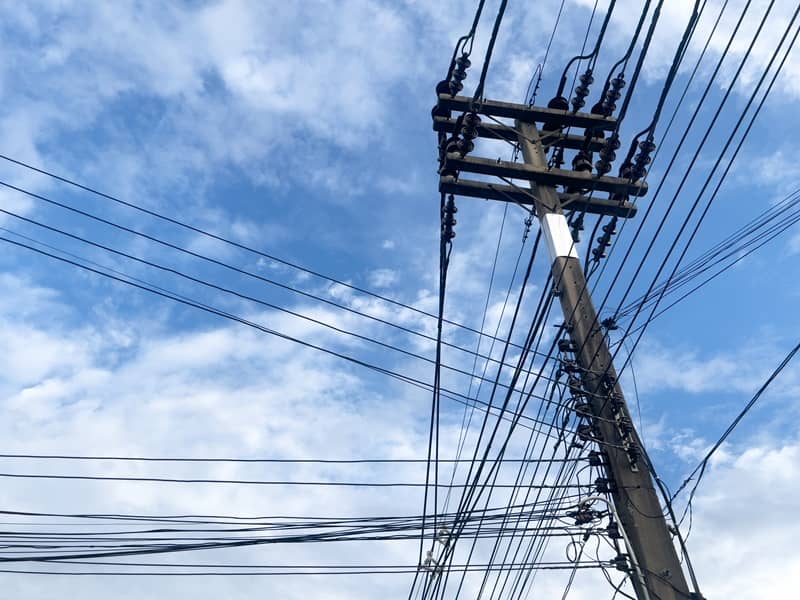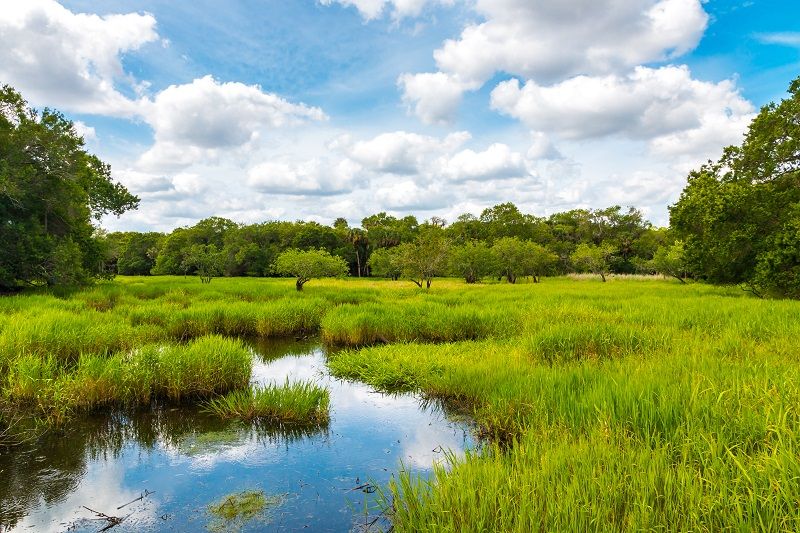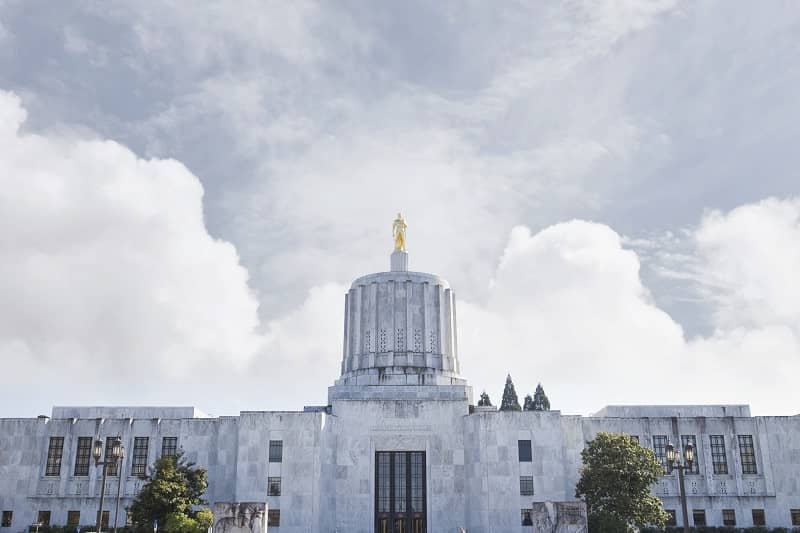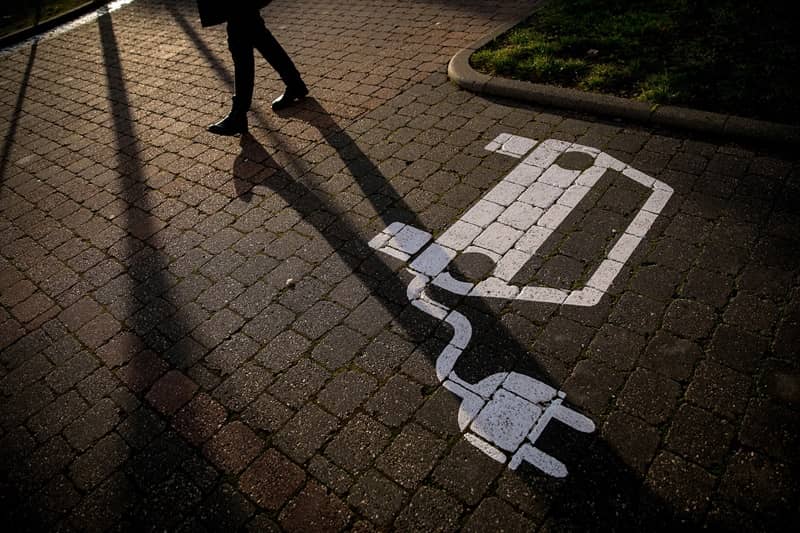By John A. Charles, Jr.
During the holidays, the Oregon Department of Energy quietly updated a chart it maintains showing where Oregon’s electricity comes from. The chart shows that from 2012 through 2021, Oregon’s dependence on fossil fuels increased from 44.7% to 46.3% of annual electricity consumed.
This may come as a surprise to people who thought Oregon was phasing out fossil fuels. Indeed, the Oregon legislature banned coal in 2016 and natural gas in 2021, and mandated that most new electricity come from large wind and solar farms.
The problem is that wind and solar facilities are classified as “intermittent” sources because they don’t generate electricity most of the time. In order to keep the lights on, grid operators must rely on natural gas plants to maintain voltage and frequency. Thus, even though the market share of wind generation went up from 5% to 9% over the past decade, natural gas generation increased from 12% to 24%.
Hydropower is also a good balancing mechanism for intermittent sources, but the era of big dam-building is over. In fact, hydropower capacity in the Northwest will steadily shrink over the coming decades as dams are decommissioned to protect salmon.
PGE rates are rising by 18% this month, in part due to the phase-out of fossil fuels. But the ban will never work, because the grid needs reliable power sources.
Sometime between now and 2030, the legislature will be forced to extend the lifespan of natural gas plants, just as California has done repeatedly since 2017. The sooner politicians admit that they made a mistake, the sooner we can address the looming shortage of electricity in Oregon.
John A. Charles, Jr. is President and CEO of Cascade Policy Institute, Oregon’s free market public policy research organization.












